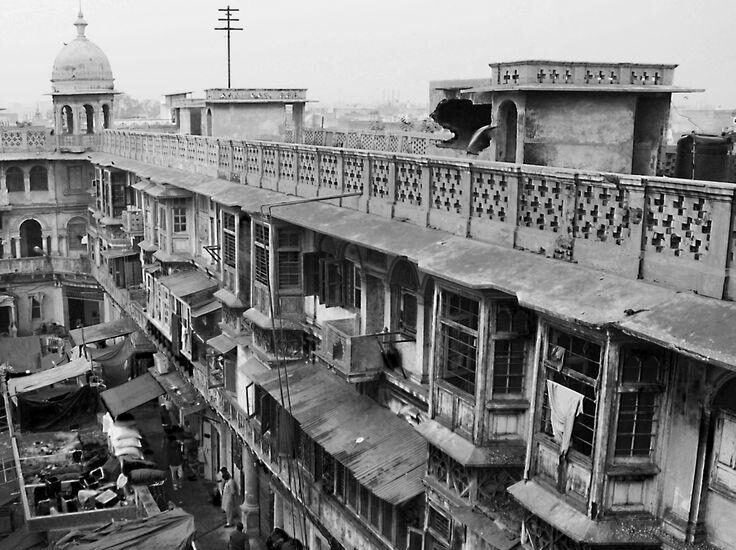SQ3R: An Active Reading Technique To Enhance Your Learning Experience
Isn’t it excruciatingly painful when chapters are hard to recall? Even after reading multiple times, do you feel as blank as a black screen? But SQ3R learning technique can help you memorise the topics you read. Though reading is often considered passive, here it’s going to be interestingly effective. What is SQ3R ? SQ3R (Survey, Question, Read, Recite And Review) is an active reading technique developed by the American psychologist, Francis P Robinson. This reading comprehension technique helps one glean as many details as possible through active reading. Instead of passively reading and wasting your time, learn this method to upgrade your learning experience. Here’s the list of steps to dive in Survey You don’t have to burden your head with the vastness of materials. This step can be done within 5-10 minutes. Just look at the bold headings and subheadings. Scan the pictures and everything visually appealing. Go through the brief summary of the chapter as well as the questions shot at the end of the chapter. Question Now you need to prepare questions out of everything you read. Craft questions from headings and subheadings before you begin reading the paragraphs. The more you prepare questions, the more interestingly you learn. For example, turn the heading “Light Years” into “What’s light years?”. Read It’s time to read and dive in for answers. While reading, make sure to make it as effective as possible. Dive into paragraphs to grasp the idea between the words. Carve notes out of everything you read. Instead of swallowing exactly the same way, try to paraphrase to enhance your understanding. Highlight everything important, but don’t highlight extensively to make it feel like too much. Recite Go to the questions at the end of the chapter to see if you’re able to answer them. Read the part you have trouble answering. Make sure to clear every part without barricades of doubts. After reading, recite everything you’ve learnt to store in your memory. Review Reviewing everything you’ve swallowed is important to boost your memory. The lack of reviewing can make you forget things within days, and you’ll be blank and anxious. Inorder to enhance knowledge as well as memory, revise everything you learnt within 24 hours.

